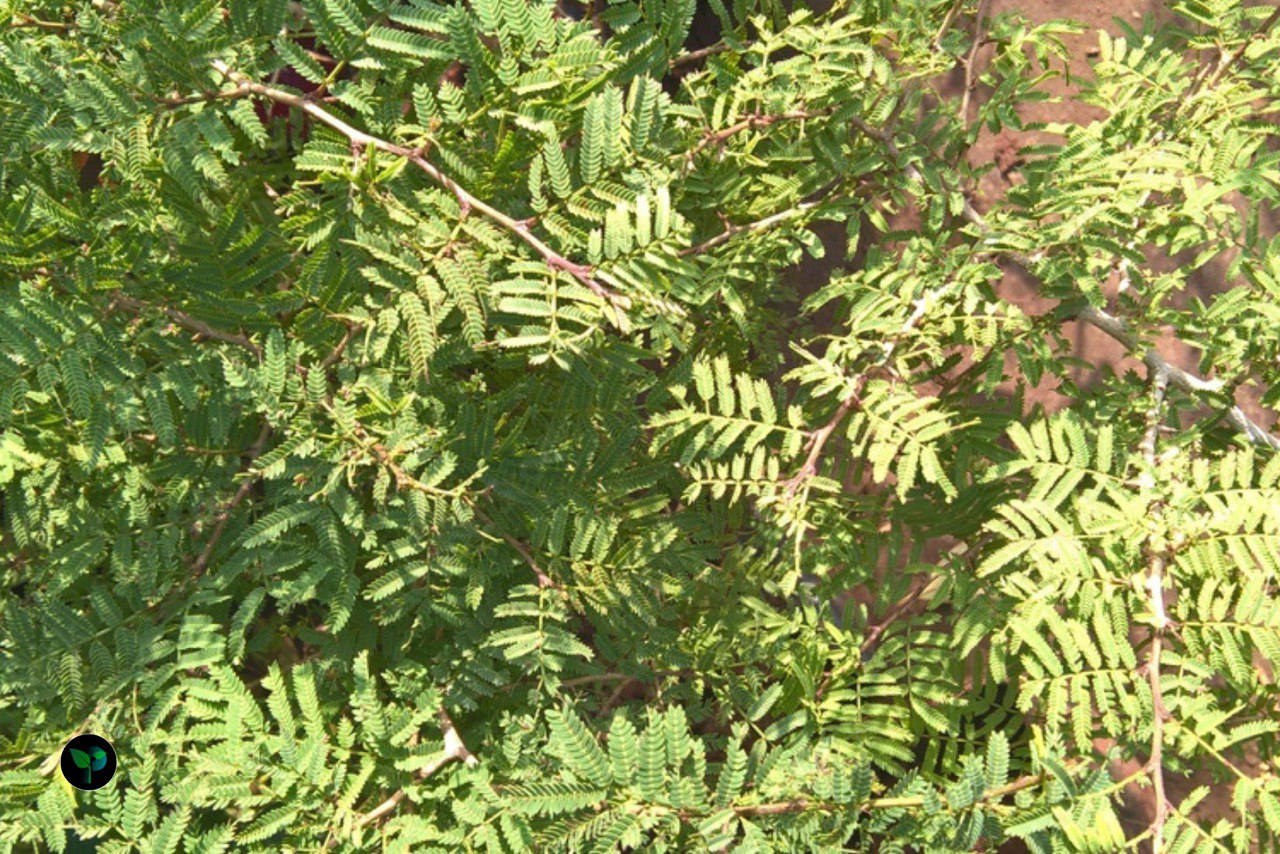Welcome to Plants Folder, where we delve into the lush world of botanical wonders! In our latest post, we turn our gaze towards the remarkable Jand plant, also known as Prosopis cineraria or the Ghaf tree. Join us on a journey as we uncover the hidden gems of this resilient symbol of arid landscapes.

The Jand plant, also known as Prosopis cineraria or Ghaf tree, is a resilient and valuable tree species native to arid and semi-arid regions of South Asia, including India, Pakistan, and parts of the Middle East. Here are some key points about this plant:
The appearance of Jand (Prosopis cineraria):
Tree Structure: This is a medium-sized tree with a bushy, spreading canopy that provides ample shade in the desert landscape.
Foliage: The foliage of this tree consists of small, delicate, greyish-green leaves that help reduce water loss through transpiration, a crucial adaptation for surviving in arid environments.
Thorns: These trees often have thorny branches, which serve as a defense mechanism against browsing animals and help protect the tree from damage.
Bark: The bark of the Jand tree is rugged and greyish-brown, offering protection from harsh sun exposure and helping the tree retain moisture.
Flowers: During the flowering season, the Jand tree produces clusters of small, fragrant yellow flowers that attract pollinators and add a touch of beauty to the arid landscape.
Seed Pods: The tree bears pods that are elongated, and twisted, and contain nutritious seeds that are an important food source for wildlife and livestock in desert regions.
Overall Impression: This plant exudes a sense of hardiness and resilience in its appearance, with its drought-adapted features and desert-friendly characteristics making it a distinctive and valuable component of arid ecosystems.
Benefits and Uses
Environmental Benefits
- Drought Resistance: these plants are well-adapted to survive in dry climates, making them crucial for combating desertification and maintaining ecosystem balance.
- Soil Conservation: Their deep root systems help prevent soil erosion, making them valuable for stabilizing land in arid environments.
- Carbon Sequestration: These trees absorb carbon dioxide, helping mitigate climate change by storing carbon in their biomass and soil.
Socio-Economic Benefits
- Shade and Shelter: Jand trees provide shade and shelter for animals, humans, and crops in harsh environments, improving overall well-being.
- Livelihood Support: They offer various economic opportunities through products like timber, fodder, and traditional medicines, supporting local communities.
- Biodiversity: By creating a microhabitat for various species, these trees boost biodiversity and contribute to the overall health of the ecosystem.
Cultural Importance
- Symbolism: In many cultures, the Jand plant holds cultural significance and is revered for its resilience and life-sustaining properties.
- Traditional Practices: Communities have traditionally used various parts of the tree for food, medicine, and rituals, deepening their cultural connections to the plant.
Is Jand edible?
Edible Parts of the Jand Plant:
- Pods: The pods of the Jand tree are edible and have been traditionally used as a food source in arid regions. These pods, also known as “mesquite pods,” are rich in nutrients and can be consumed raw or processed into various food products.
- Seeds: The seeds of the Jand tree are also edible and can be ground into nutritious flour. This flour is not only a source of food but also adds a unique flavor to dishes.
- Fodder: While primarily used as livestock feed, certain parts of the Jand plant can also be consumed by humans. The leaves, for example, have been used in traditional cuisine in some regions.
- Traditional Uses: Aside from direct consumption, various parts of the Jand tree have been used in traditional medicine and culinary practices, showcasing its versatility in providing sustenance and nutrition.
Nutritional Value
The pods of Jand trees are known to be a good source of protein, carbohydrates, and fiber, making them a valuable food source in regions where other crops may struggle to thrive.
– The seeds are also rich in nutrients, often used to supplement diets and provide essential elements for nutrition.



Leave a Reply